

Damion Smy
Suzuki Fronx scores one-star ANCAP rating after seatbelt failure
6 Hours Ago
The old Kona sold on the back of cute design and keen pricing, but this second-generation model is a more rounded and practical proposition.
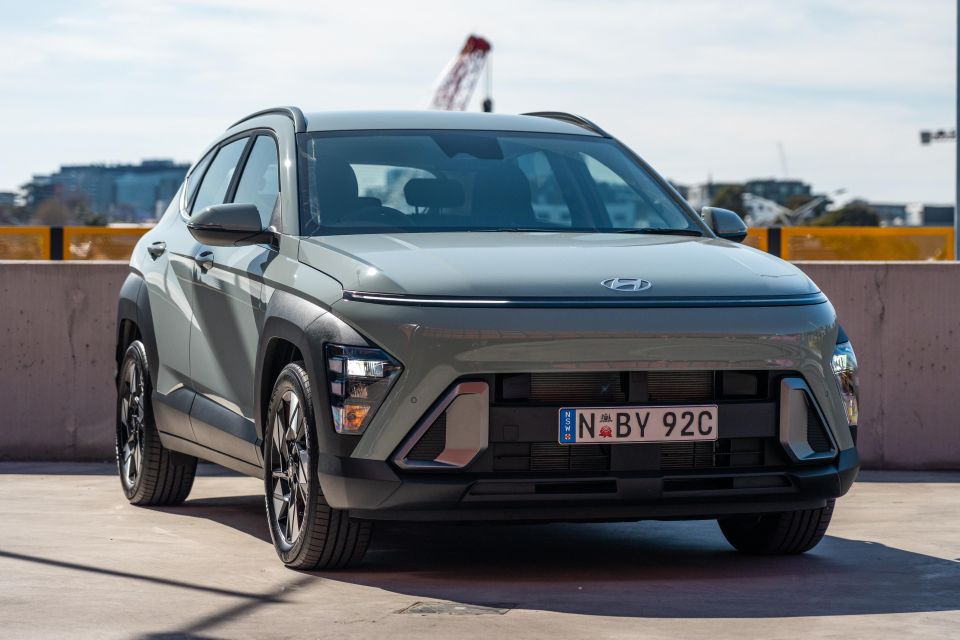
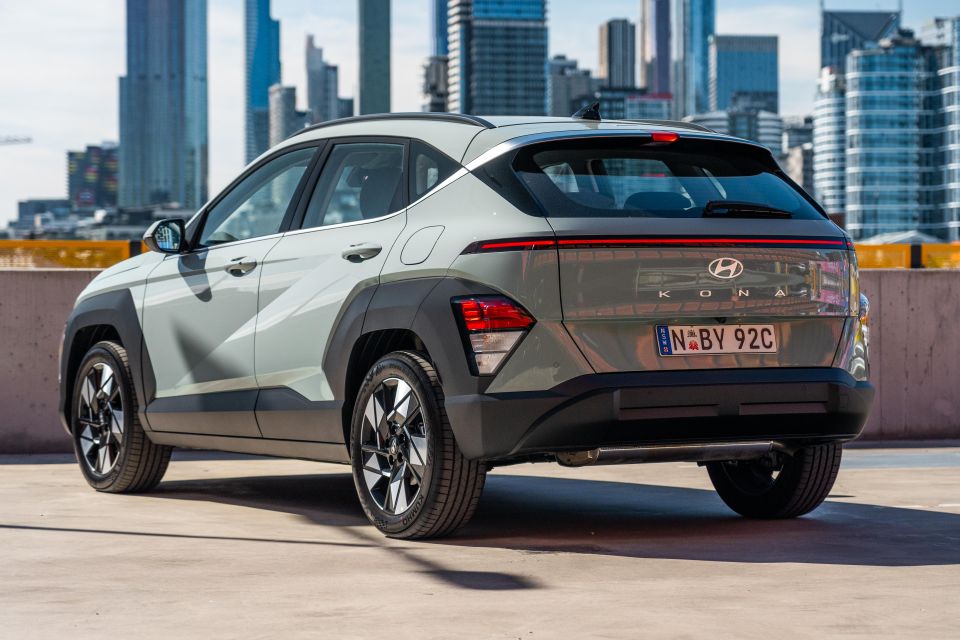

Quickly see how this car stacks up against its competition. Select any benchmark to see more details.
Where expert car reviews meet expert car buying – CarExpert gives you trusted advice, personalised service and real savings on your next new car.
This is the entry point to the second-generation Hyundai Kona small SUV range which went on sale in June this year.

The all-new Kona addresses a key issue with the previous model: size. It’s bigger and roomier in all dimensions, making it more useful for more people.
It brings a sharp ‘mini Tucson’ design with lots of shapely sheet metal (and plastic wheel-arch cladding) and slimline horizontal lighting at both ends.
Even the base Kona 2.0-litre petrol driven here sports an EV-like front end design, flashy wheels, and a cutting-edge interior display. It’s another model range given an upmarket push.
There is no shortage of competitors in the bustling small SUV market but the new Kona sits right at the pointy end. Here’s why.
The base Kona driven here is priced at $32,000 before on-road costs, or about $36,000 drive-away depending on your state of residence. That’s about $5000 more than the old base Kona, and in line with the old Kona Elite.
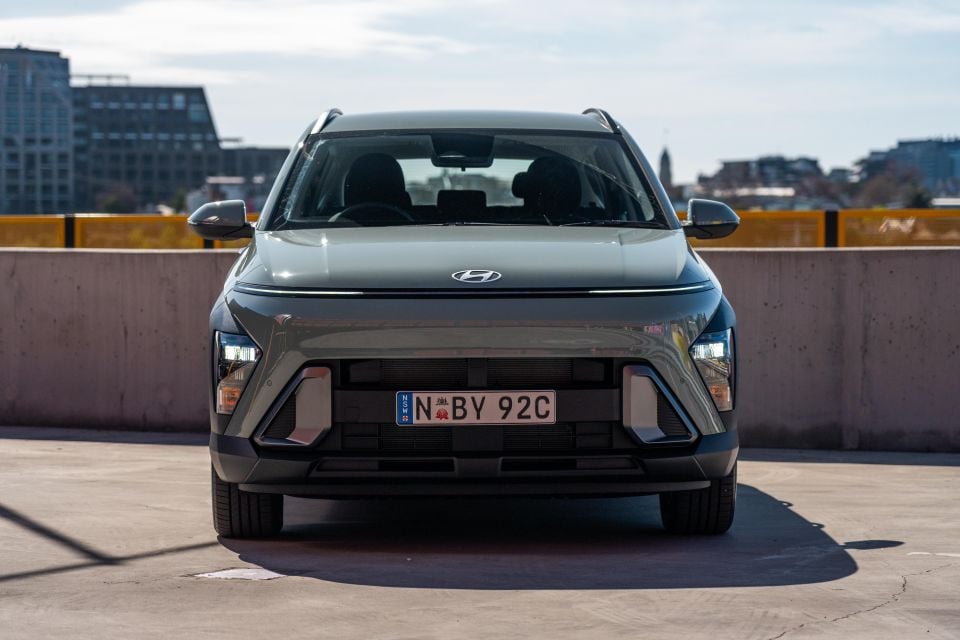
While the entry price is a lot higher than before, in wider context it remains pretty well priced at roughly $36,000 drive-away.
The Mazda CX-30 range opens at around $35,000 drive-away, the Toyota Corolla Cross opens at $41,000, and the Nissan Qashqai at around $37,400. It also matches the second-from-base Kia Seltos Sport ($35,390).
Hyundai has kept the range simple for the Kona, with just the two specification variants and one options package – available with three engine choices.
2023 Hyundai Kona range
List prices, including GST but neither state taxes or dealer charges.
Buy your new car without the stress. It's fast, simple and completely free.

Great service from Travis and team, second time I have used this business would not hesitate to recommend them to anyone
Craig C.
Purchased a Ford Ranger in Sunshine Coast, QLD
CarExpert helped Craig save thousands on his Ford Ranger, now let us save you on your next new car.
Find a dealThe key point to take away is the new Kona’s improved interior space. This model is a substantial 145mm longer overall and 60mm longer between the wheels than the old one, with substantially more back-seat headroom and legroom.
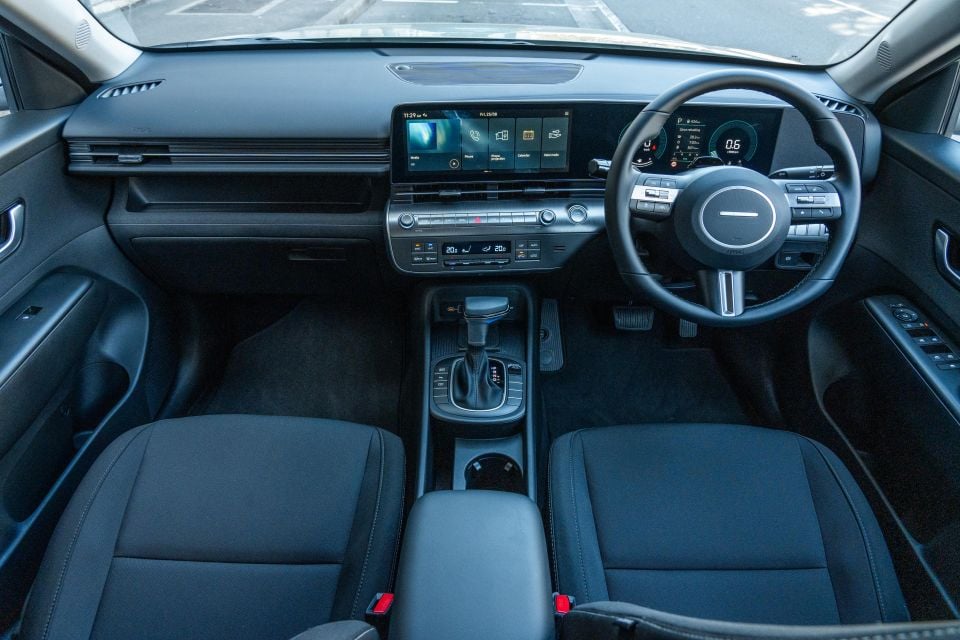
Even the base Kona has a proximity sensing key that lets you unlock the vehicle without taking the fob from your pocket or bag, plus auto-unfolding side mirrors. You can also use Hyundai’s phone app to remotely access or even remotely start the car if you prefer.
The seats are trimmed in basic fabric and adjust manually, but they offer a good amount of side and thigh bolstering. The same fabric is used on the doors and dash to break up the slabs of hard and somewhat cheap-feeling plastics.
General fit and finish feels very solid and important touchpoints such as the steering wheel, gear shifter and centre console lid are trimmed in a nicer leather-like material to lift the ambience.
The base petrol model uses a traditional gear shifter flanked by blanked-out button slots, but all other Kona variants have a swish Ioniq 6-style shift-by-wire dial on the steering column – liberating more centre tunnel storage.
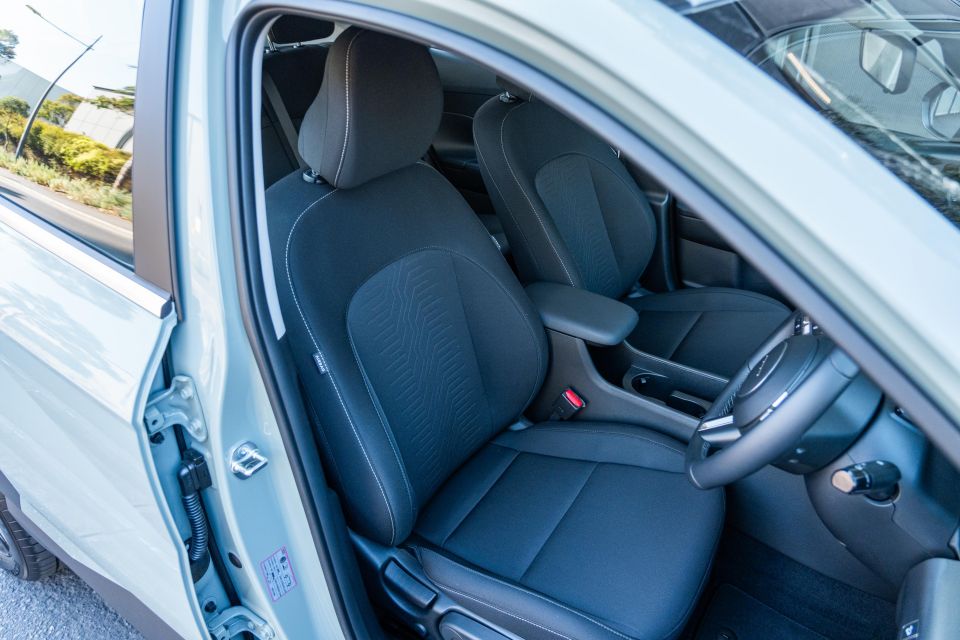
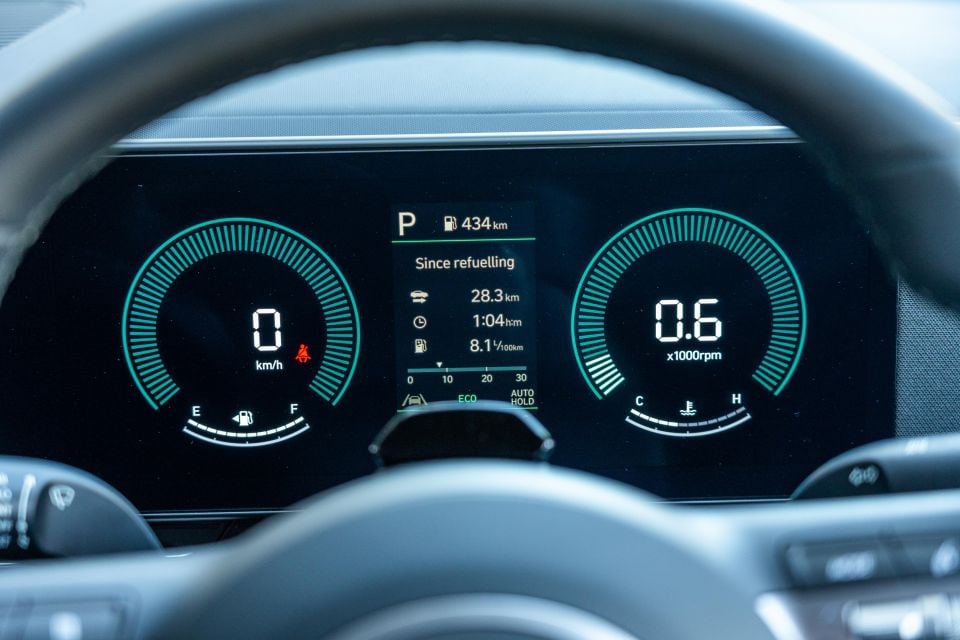
There’s a good amount of storage scattered about regardless, including a large centre console and cupholder combination in the centre tunnel, a rubberised charging pad under the AC controls, and an open section above the glovebox.
Hyundai has not travelled down the path so many other brands have taken, namely using touchscreens or haptic pads for every function. There are buttons and dials for simple climate control operation and screen menu shortcuts, flanked in tasteful trim that resembles brushed aluminium.
The steering wheel has roller dials and buttons on each spoke to access functions such as lane assist, radar cruise control, and audio functions – including voice controls that piggyback your device’s AI. There’s also a little device on the steering column that monitors for signs of driver distraction.
The basic digital instrument cluster shows speed, the rev counter and trip data, and changes colours contingent on the driving mode you’ve selected. It’s limited in terms of functionality but the hardware blends nicely with the centre touchscreen in a stylish single long housing.


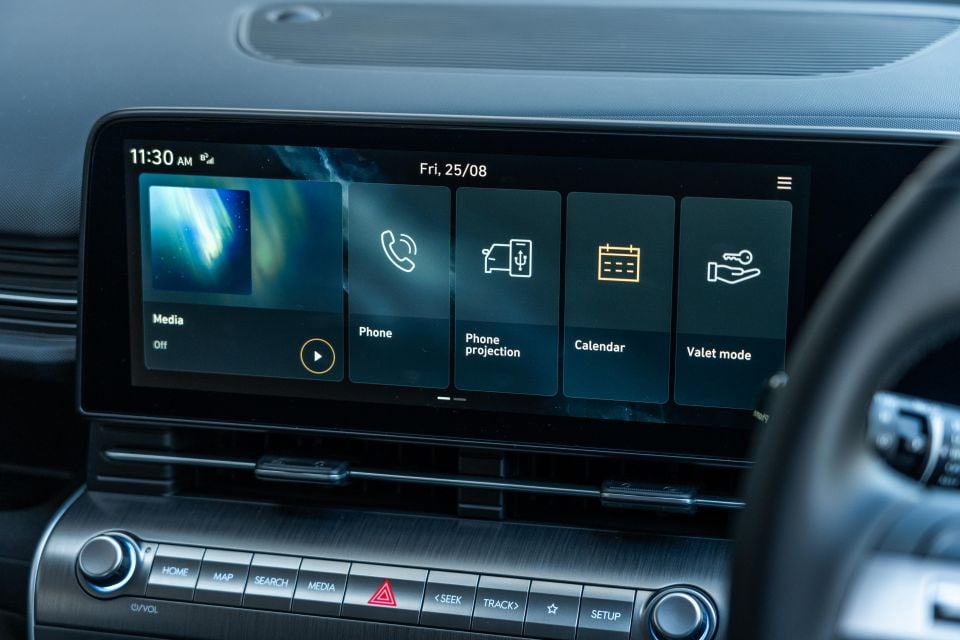
The infotainment in the Kona is one of the best affordable systems on the market. The 12.3-inch landscape touchscreen features quick processing meaning easy swiping, and the menu layouts and user interface designs feel bang up-to-date.
My wireless Android Auto re-paired rapidly every time, making streaming and navigating a seamless experience, while the reversing camera has a nice crisp resolution. Even the basic sound system in the base model surprised me, bringing out the complexity and layering in some of my favourite tunes.
The Kona also launched with over-the-air (OTA) software update capability, allowing remote software and firmware updates for key systems without the need to visit a workshop. Most EVs have this but the majority of petrol vehicles at this price point do not.
It’s also a breeze to link to the Hyundai Bluelink app via QR code, which allows you to remotely check your car’s status and location, and lock/unlock’ remotely start and remotely change the climate control. In time expect apps to control ever more functionality, meaning the Kona is future-proofed to a certain degree.
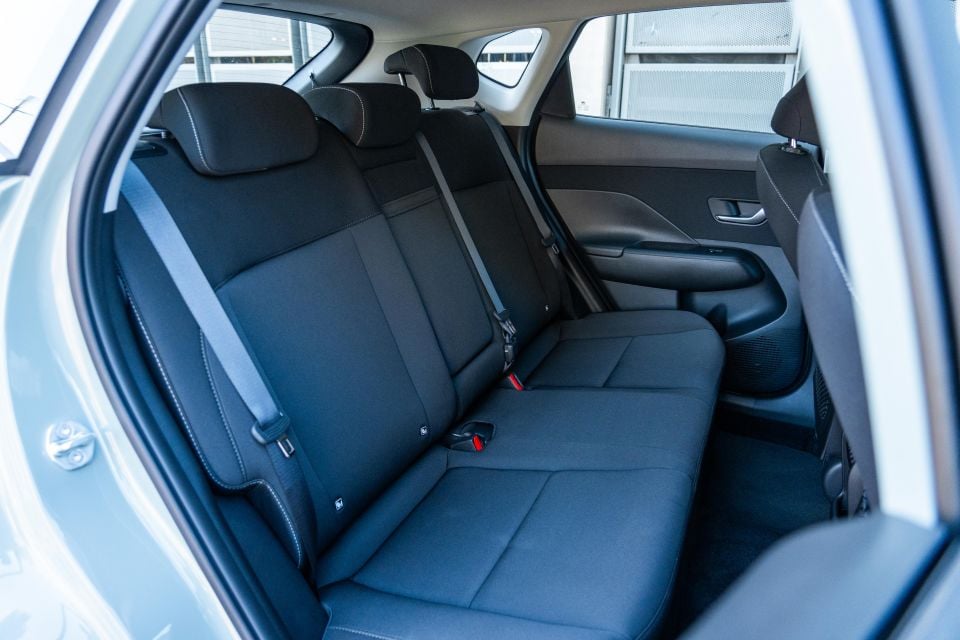
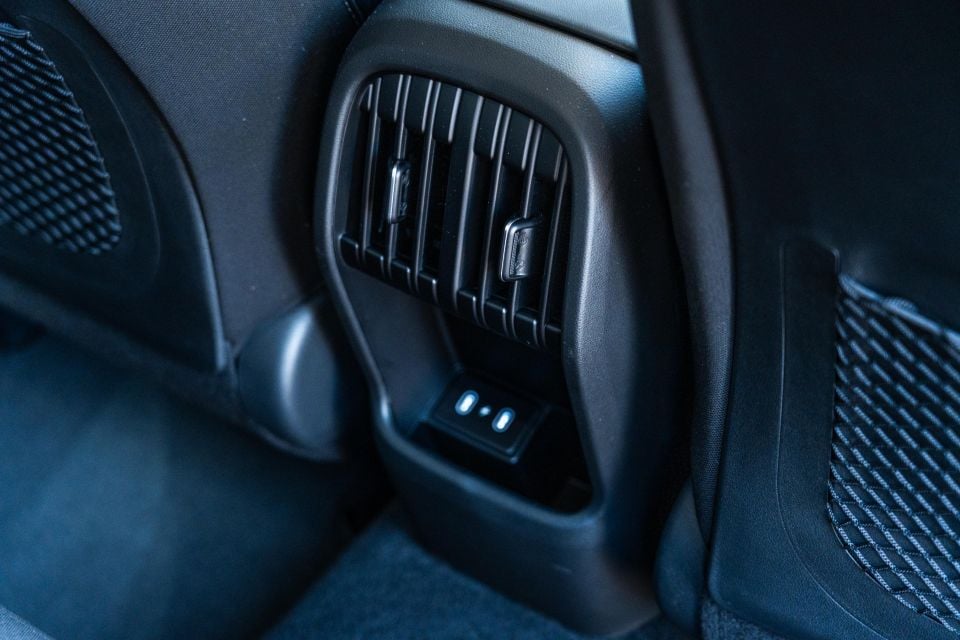
In short, while the materials and trims in here very much feel ‘base model’, the layout and the technology used are every bit representative of the best of 2023.
One area where the old Kona was pretty average was interior space. But this model is quite a bit larger than the old car and has reasonably sized side windows to let more light in.
I’m 194cm and had useable legroom and headroom behind my driving position, making this a serviceable second family car or rideshare option. The back seats offer a greater amount of reclining as well.
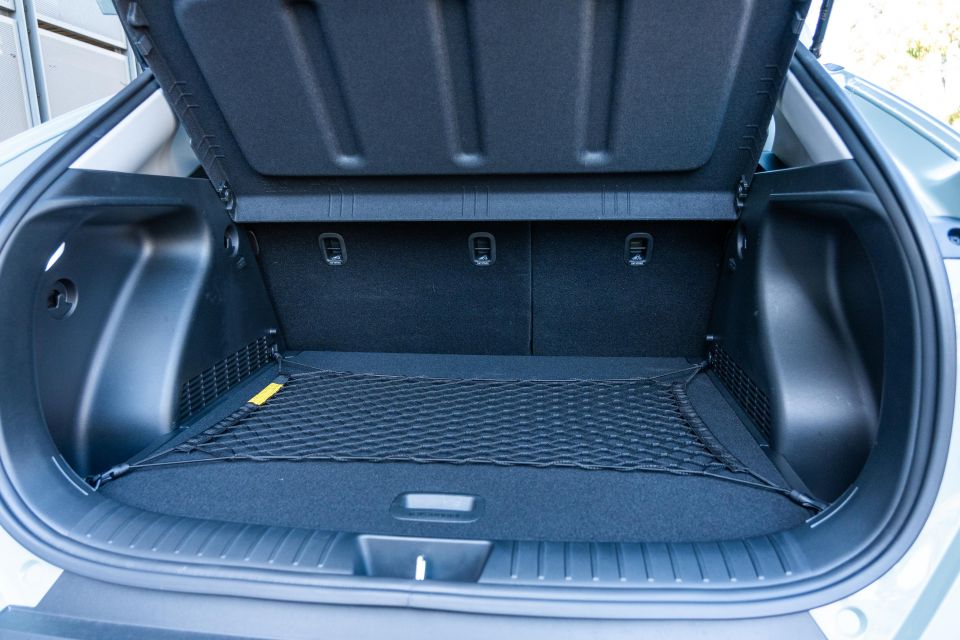
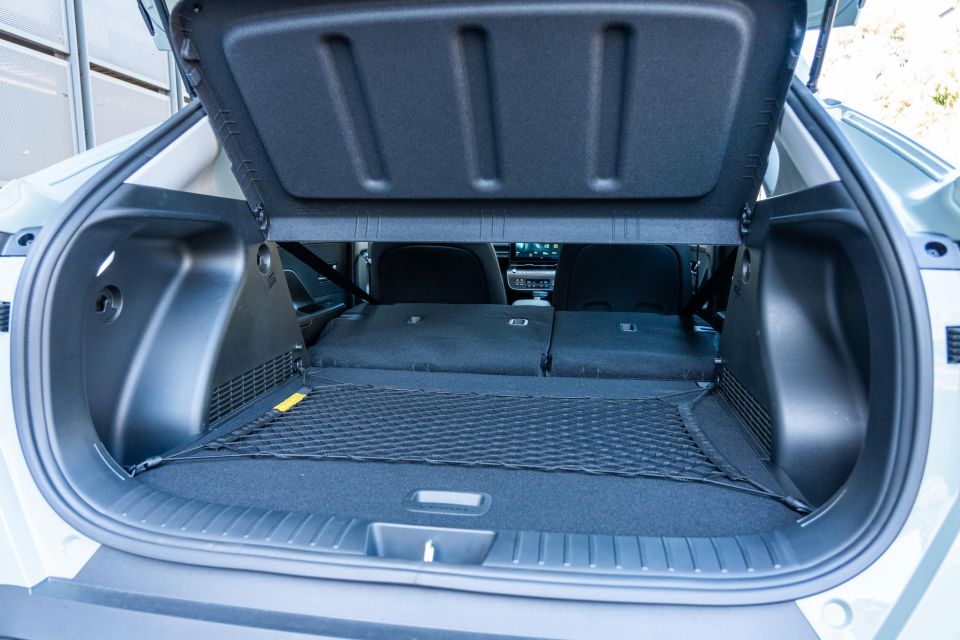
Rear-seat occupants get air vents and two USB-C ports (four in the cabin total), as well as grab handles and LED lightning. There is however quite a prominent driveline hump running longitudinally down the interior floor, limiting the centre position’s usability.
The boot is larger than before at 407L (up 33L) and the back seats fold down for longer items. The floor is quite shallow and lever but there’s a hidden section below with a space-saver spare wheel.
The Kona will eventually be one of the only vehicles sold as a petrol, a hybrid and an EV, when the range is completed.
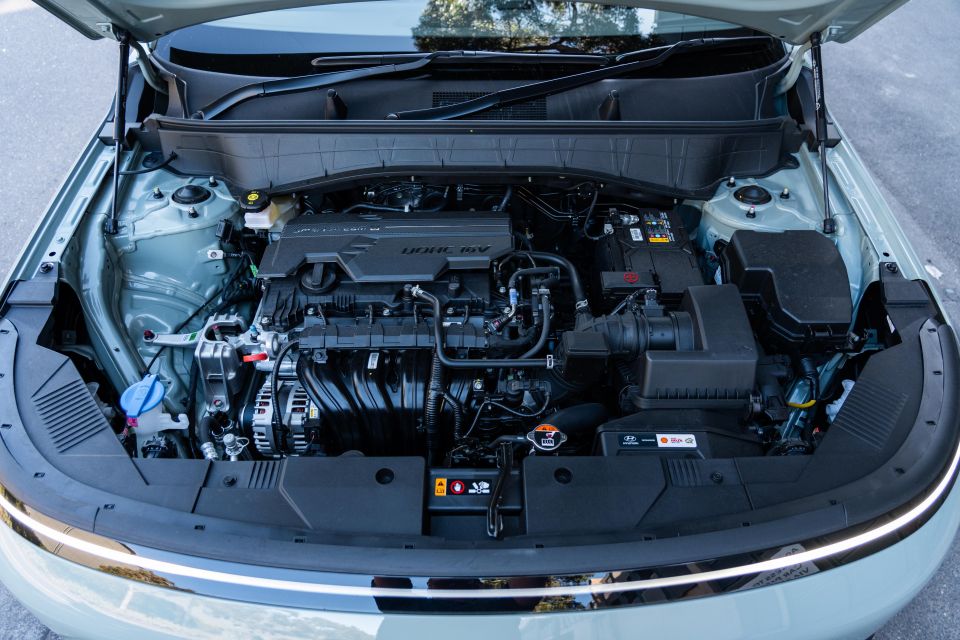
The base engine fitted to our test vehicle is a simple 2.0-litre petrol running the efficiency focused Atkinson cycle, like most hybrids. It makes 110kW of power and a meagre 180Nm of torque, powering the front wheels through a CVT automatic.
Claimed combined-cycle fuel consumption is 6.6 litres every 100km, and it can run on 91 RON or E10 fuel.
But the Kona also comes with the option of a 104kW and 265Nm petrol-electric 1.6-litre hybrid that slashes claimed fuel economy to 3.9L/100km; or a 1.6-litre turbo-petrol with 146kW and 265Nm, an eight-speed automatic, and on-demand all-wheel drive.
Clearly these choices are better engines in terms of, respectively; efficiency and performance. They also command higher prices. It’s horses for courses.
The 110kW and 180Nm 2.0-litre engine lacks low-down torque, meaning it can get thrashy if you prompt urgent acceleration – before the CVT simmers the engine speed down at cruise.

For general commuting though it’s entirely fine, with adequate low-speed response and the ability to keep up in traffic and sit at 110km/h without any drama.
Fuel efficiency is ok, with my driving loop returning an average of 7.3 litres every 100km, which is acceptably close to the claim.
The Kona FWD 2.0 is aimed at commuters who really don’t care about performance, with the turbo AWD there for performance enthusiasts.
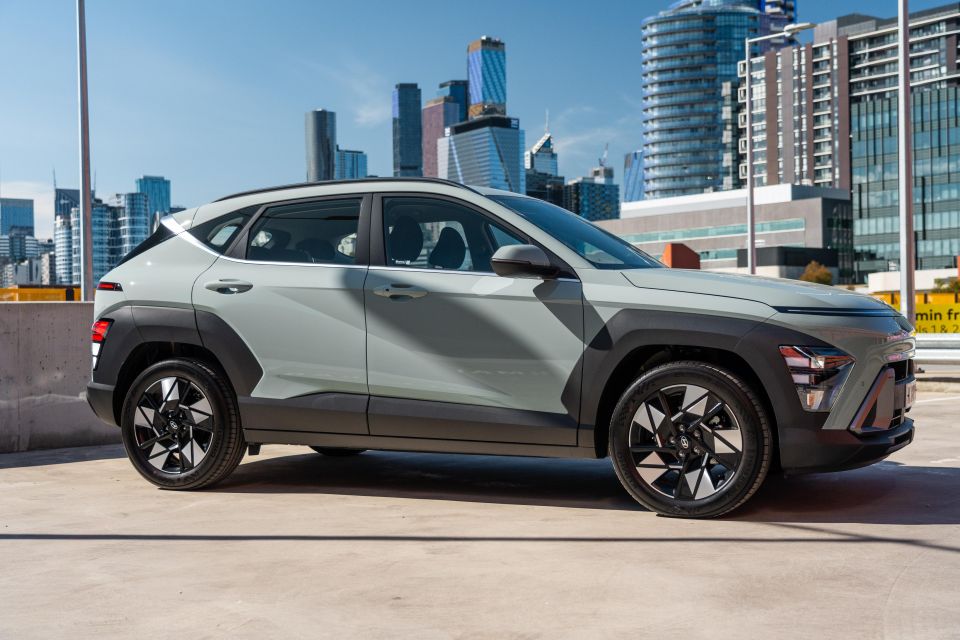
The hybrid meanwhile promises to slash fuel use and its 32kW electric motor will bolster low-speed acceleration and refinement. For an additional $4000 it strikes me as worth it, given it’ll likely hold onto its resale value better as well.
The Kona’s new underpinnings, stiffer body and added insulation help improve noise, vibration and harshness from the engine and tyres, lending a more premium feel from the driver’s seat.
The base model uses a humble rear torsion beam suspension setup whereas the hybrid and turbo use a multi-link layout, reflecting its urban focus.
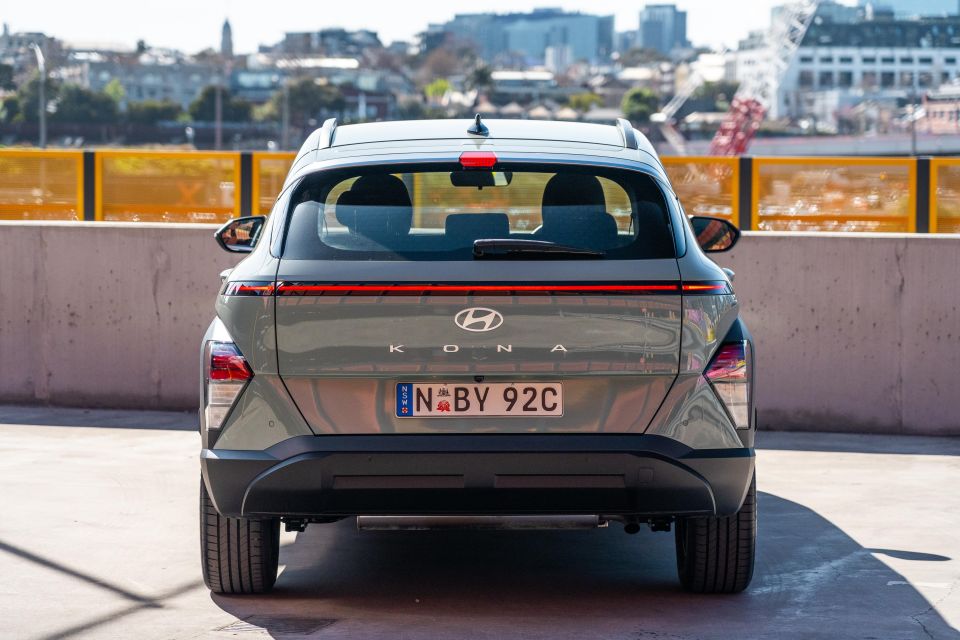
But I was quite impressed with the overall tune, which involved Australian input into the program. The motor-driven steering is well weighted, the body control and handling good against cornering forces, and it both absorbs bumps and recovers from undulations nicely.
Compared to some of the more cheap-and-cheerful SUVs out there from China, there’s a veneer of quality and added tuning evident in the Hyundai.
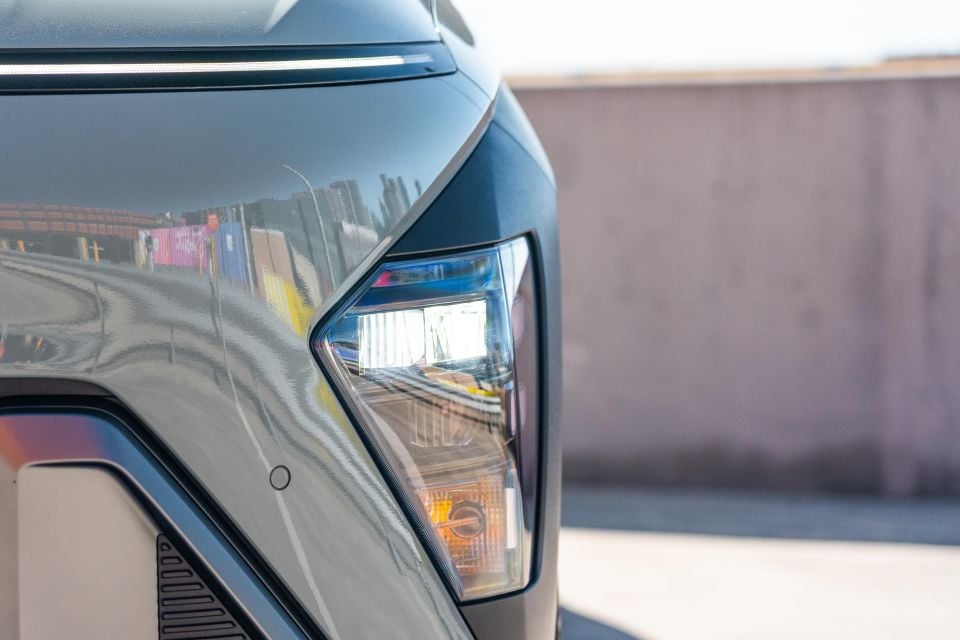

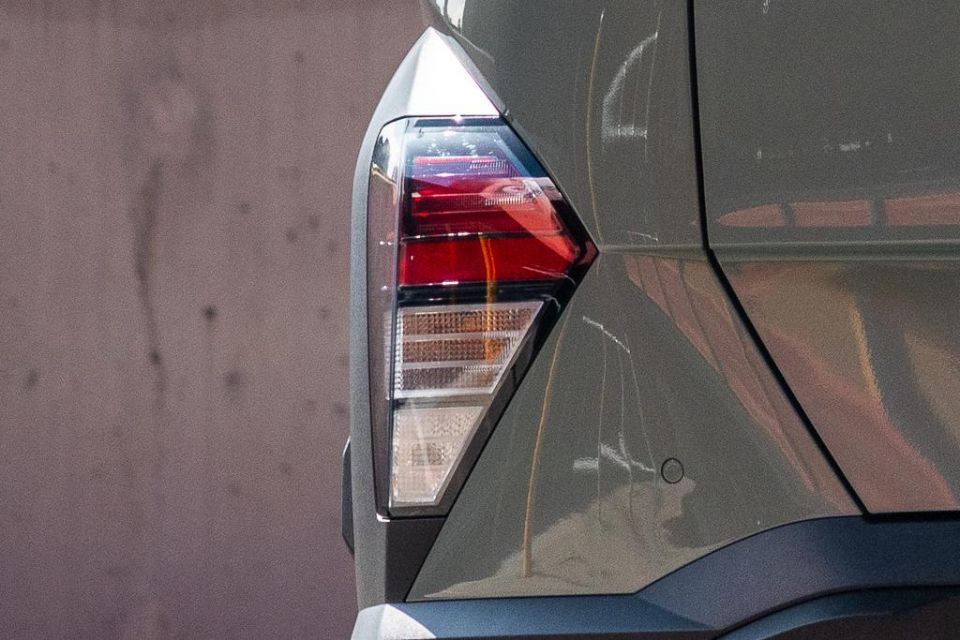
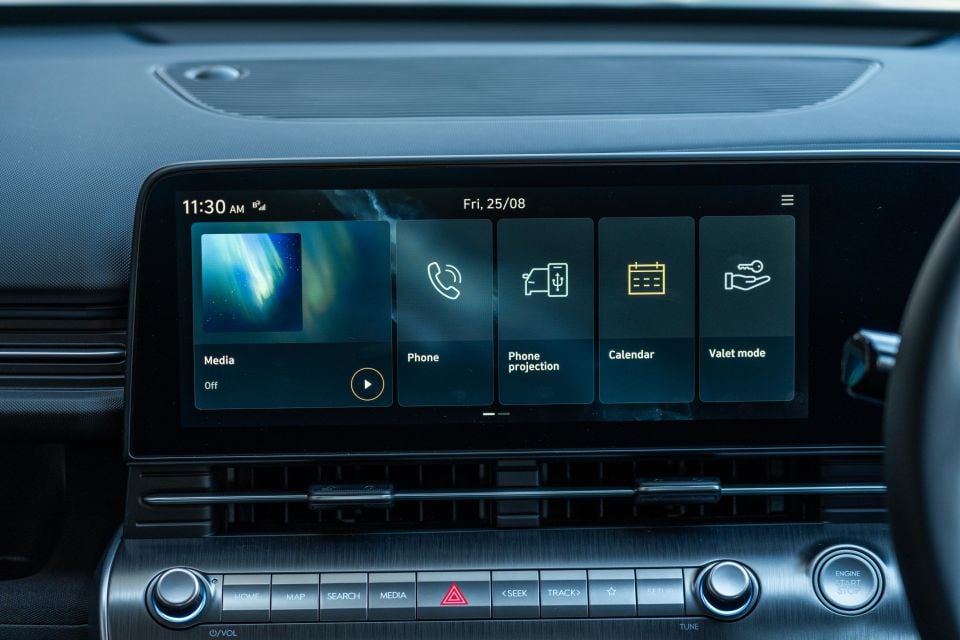
Our base Kona comes with the following standard features:
Exterior
Interior
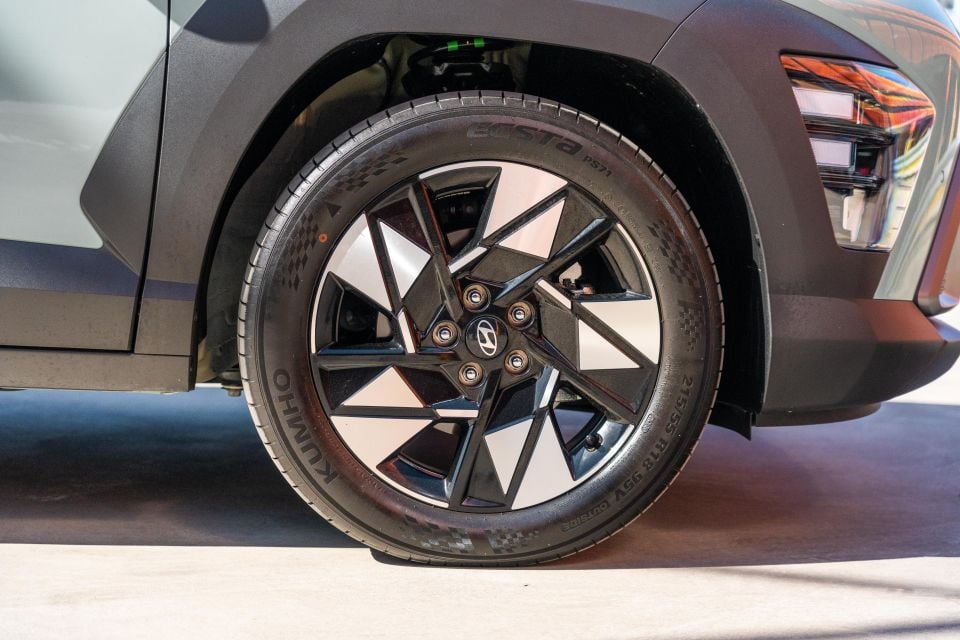
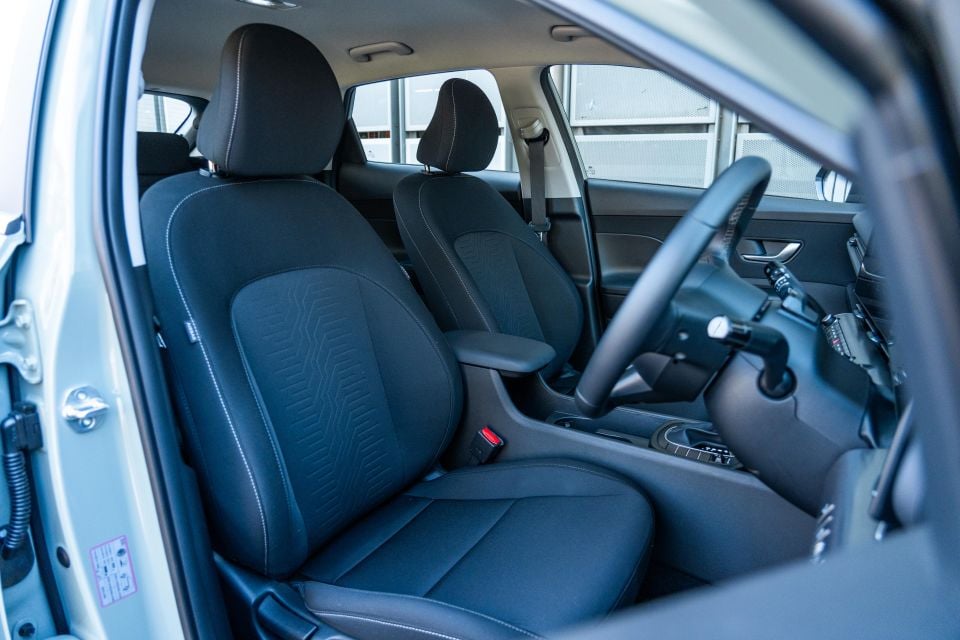
Where expert car reviews meet expert car buying – CarExpert gives you trusted advice, personalised service and real savings on your next new car.
The Kona Premium adds the following extras:
The N Line options package is available on both models for $3000-$4000 and adds:
Colours across the wider range include:
Exclusive to N Line variants are three brash additional exterior colours called Cyber Grey, Neoteric Yellow, and Soultronic Orange.
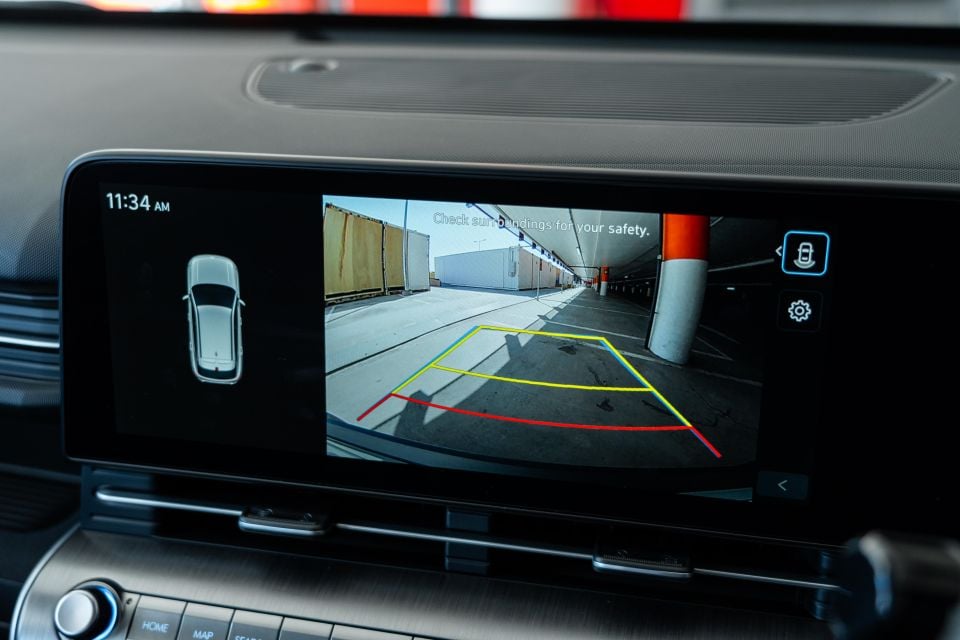
The revised Kona doesn’t currently have an ANCAP safety rating, but it certainly comes well equipped with active and passive safety features including:
The Kona Premium adds the following:
Hyundai claims the new Kona’s body is stiffer and stronger, which should help with impacts. All the systems worked really well, notably the way the Kona can steer itself through corners and mirror the speed of the vehicle ahead on highways.
Note that the road-sign camera monitor system pings you with a chime whenever you inadvertently exceed the speed limit, which is handy, albeit a little annoying.
Hyundai provides a five-year and unlimited kilometre warranty with ongoing roadside assist added upon each annual dealer service.
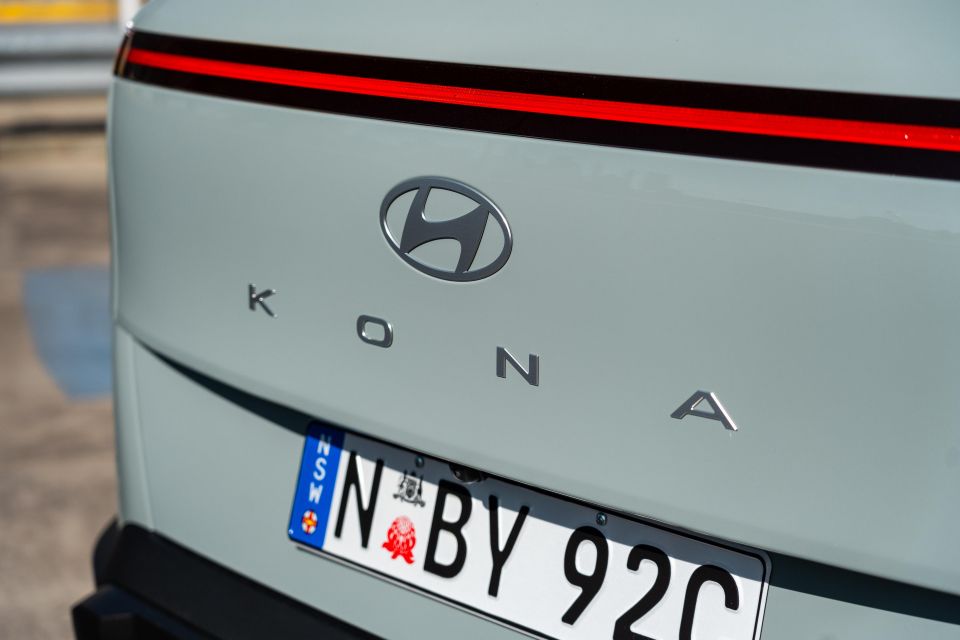
The base Kona 2.0 FWD’s servicing intervals are every 12 months or 15,000km, with transparent pricing: $399 for each of the first five services.
The hybrid has the same intervals whereas the turbo AWD model has shorter 10,000km intervals.
In the bustling small SUV market, the new Kona has carved out a place near the top.

Even the base model’s design is eye-catching, its interior technologies and connectivity are benchmark, it offers more space than the pokey old model, and gives excellent ride and handling for the average user.
Downsides include the weedy base engine, unavoidable price hikes, and some cheap-feeling interior plastics. I’d personally go for the hybrid on overall balance, despite the added cost.
Buyers after something that unlocks soft-road adventures should go for a Subaru Crosstrek, buyers who prioritise a luxury interior feel might want to look at the Mazda CX-30, and bargain hunters should look at a Haval Jolion.
But those who want the best tech, the coolest design, and are prepared to pay for a more rounded driving experience should go kick the tyres on this Kona – it’s a real step up over the hugely popular old model.
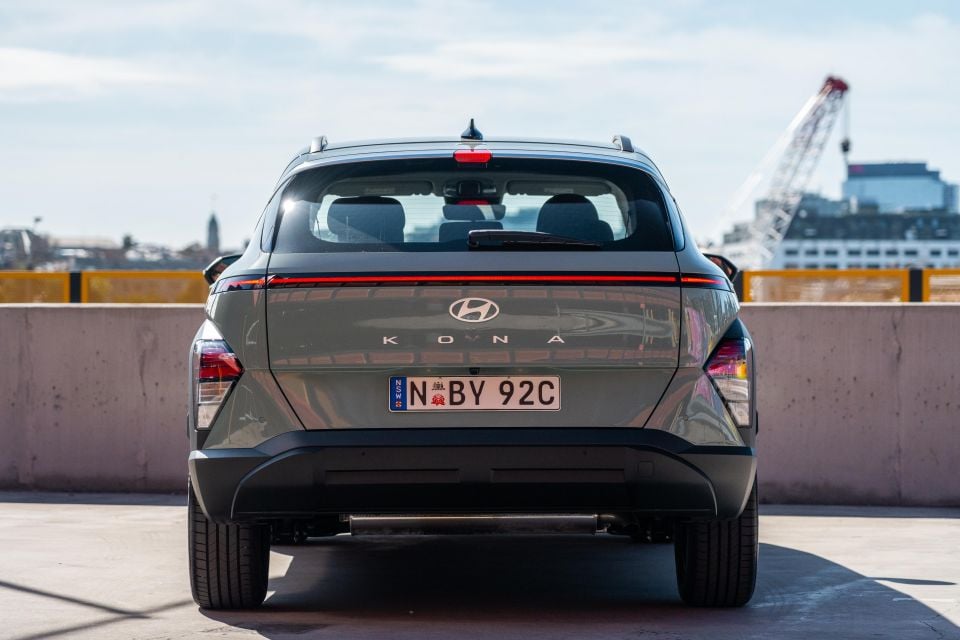
Click an image to view the full gallery.
MORE: Everything Hyundai Kona BUY: Hyundai Kona
Where expert car reviews meet expert car buying – CarExpert gives you trusted advice, personalised service and real savings on your next new car.


Damion Smy
6 Hours Ago
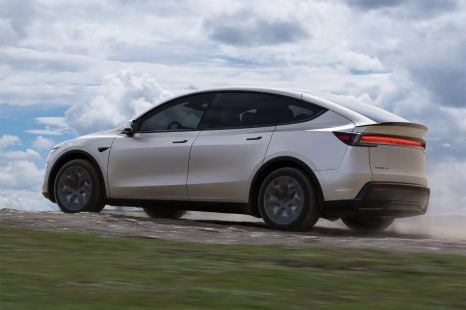

Derek Fung
15 Hours Ago


Max Davies
2 Days Ago


Damion Smy
3 Days Ago


James Wong
3 Days Ago
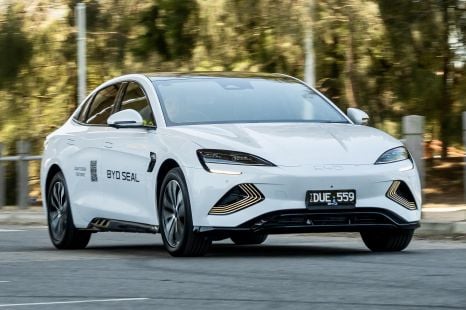

Max Davies
7 Days Ago